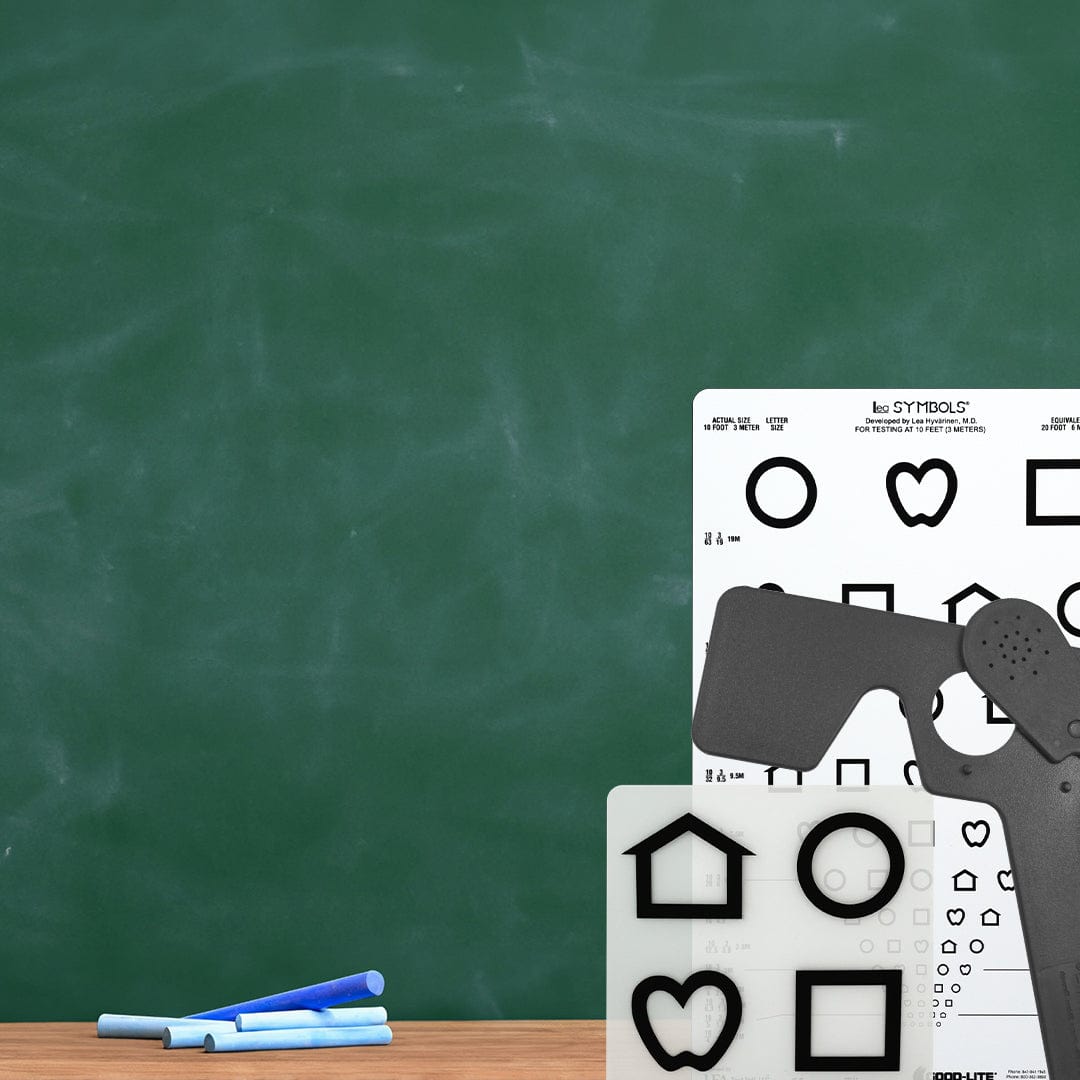Table of content
About Vision Therapy
Vision Therapy includes activities and exercises designed to improve or optimize eye-brain communication and the effectiveness of a person’s visual system. Vision therapy is most commonly conducted with children. More recent techniques are under development for adults, such as those who have cognitive disabilities associated with a brain injury, or for individuals who participate in vision-intensive activities, like professional athletes and pilots.
Vision Therapy in Children
A wide range of vision problems can be treated in children using vision therapy. One of the most common is amblyopia. Amblyopia is a condition where one eye does not develop an adequate level of communication with the brain. Eye-brain communication is lacking and the ability to use both eyes together is also weaker than in normal children. The weakness in one eye can have a number of causes; common causes include vision loss in one eye at birth, as can occur with elevated refractive error or due to a cataract. In other cases, the eye cannot develop properly because the eye muscles are weaker and do not allow the eye to point properly at the same visual images as the other eye (i.e., same line of sight). Over time, the brain begins to favor the stronger eye, and this causes the child to lose binocular vision and the weaker eye to become even weaker.
Benefits of Vision Therapy
Vision therapy is used to strengthen the weaker eye and to help the visual system learn for both eyes to work together again. The therapy is normally started after a child’s vision loss in the weaker eye has been corrected, for example by removing the cataract or correcting the optical blur. In cases where the muscles in one eye are weaker, the therapy can help to strengthen the muscles and help the eyes to share the same line of sight. Many other conditions are also treated with vision therapy, the common thread being to teach the eyes to work better together and communicate in proper concert to the brain. These conditions include:
- Eye tracking problems
- Depth perception difficulties
- Hand-eye coordination difficulties
- Visual perception and processing issues
- Binocular convergence problems
- Tools For Vision Therapy
A range of tools are used during therapy sessions. Prisms are used to help an eye with weaker muscles — one that diverges from the line of sight — to properly view an image in concert with the other eye. The prisms can be used to help the eye change the line of sight in four different directions (up, down and side to side). The different types of prisms are called base-in, base-out, horizontal and vertical prisms. Other tools include those to improve hand-eye coordination, such as balance boards and electronic devices where targets are presented at random times and the patient has to react to the target. And special glasses are often used to filter the light or to occlude or partially occlude light in one or both eyes. Vision therapy is normally conducted at an office under the supervision of an eye doctor or orthoptist. Specially designed kits can also be used to continue the vision therapy and recovery process at home, between visits, under the supervision of a vision therapy specialist.
Many of these same tools are used for vision therapy with adults. The goal in many adults who undergo vision therapy is to develop better communication between the eyes and brain or improve hand-eye coordination.


















